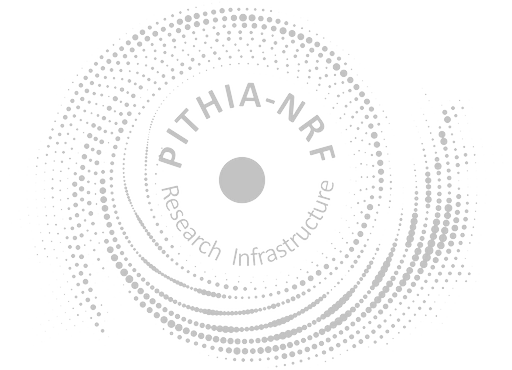Process for the EIS Ionospheric Alerts
Last modified on Mar 15th, 2023
In This Page
Description
Alerts for disturbances in the critical frequency of the F2 layer of the ionosphere (when storm conditions are predicted). The EIS Ionospheric Alerts are based on the implementation of the Solar Wind driven autoregression model for Ionospheric short-term Forecast (SWIF). SWIF combines real time and past ionospheric observations with solar-wind parameters obtained in real time at the L1 point by NASA/ACE spacecraft through the cooperation of an autoregression forecasting algorithm, the Time Series AutoRegressive (TSAR) with the empirical Storm Time Ionospheric Model (STIM) that formulates the ionospheric storm-time response based on solar wind input. A crucial part of STIM's methodology is the alert detection algorithm (ADA) that i) detects alert conditions in IMF parameters, ii) determines the storm onset at L1 point, based on the quantitative criteria summarized below, and iii) estimates, in combination with STIM's empirical expressions, the ionospheric storm onset, the duration and the intensity of forthcoming ionospheric storm-time disturbances over single locations.
Acquisition Components
Computation Components
Further Resources and Information
Resources
Go to Metadata FileQuality Assessment
- Data Quality Flags
Data Levels
Metadata Information
| Editor | National Observatory of Athens |
| Version | 1 |
| Created | Wednesday 15th March 2023, 19:06 |
| Last Modified | Wednesday 15th March 2023, 19:10 |

